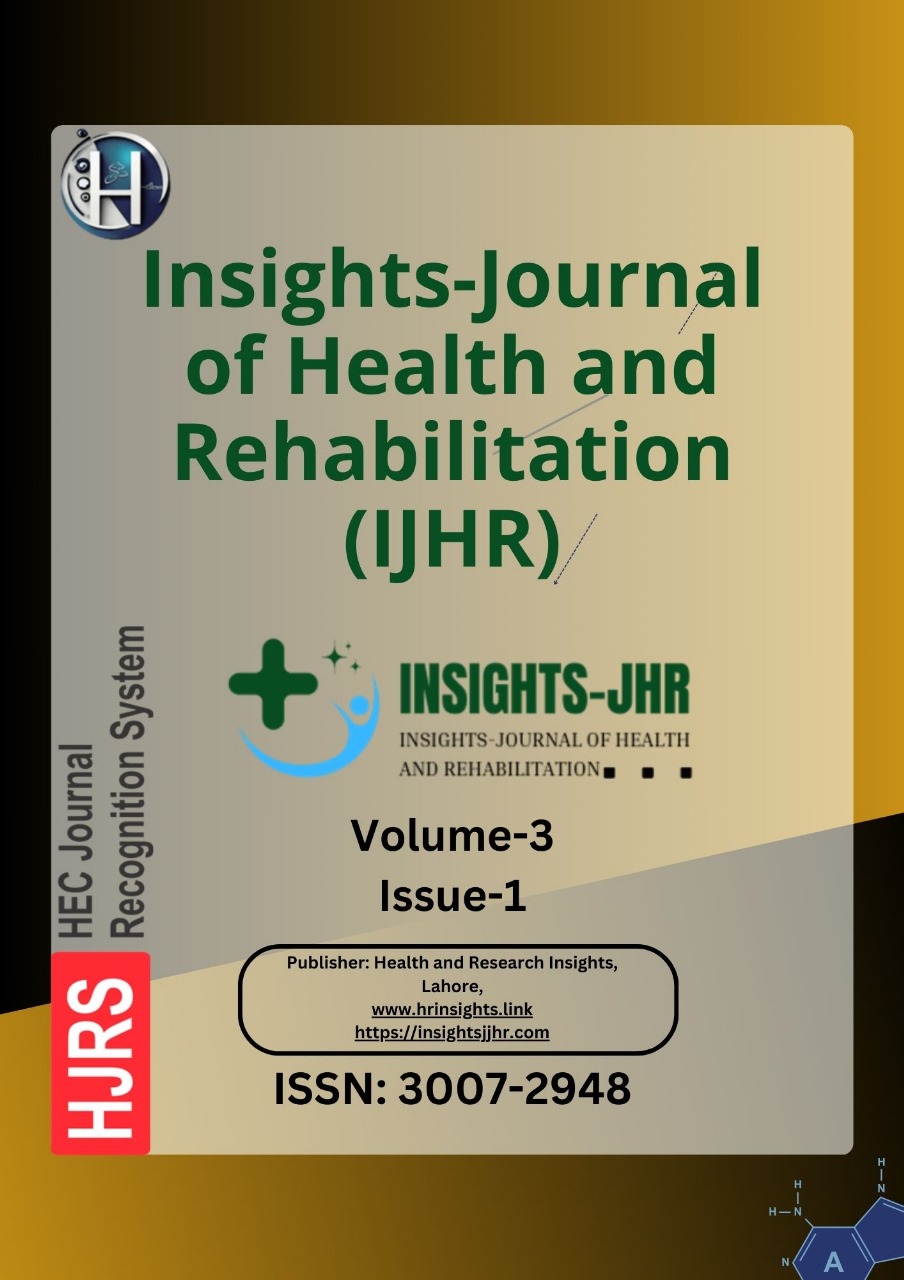DIFFICULT AIRWAY MANAGEMENT PRACTICES IN KARACHI’S TERTIARY CARE HOSPITALS: A CROSS-SECTIONAL ANALYSIS
DOI:
https://doi.org/10.71000/aprw1112Keywords:
Airway management, anesthesiologist, cricothyrotomy, difficult airway, intubation, Mallampati classification, supraglottic airway deviceAbstract
Background: Effective management of difficult airways is essential in anesthesia practice, particularly in critical “cannot intubate, cannot ventilate” (CICV) situations, which can lead to life-threatening complications. Standardized guidelines, such as those issued by the American Society of Anesthesiologists (ASA), provide structured approaches to difficult airway management. Despite advancements in airway management strategies, disparities in practice remain, particularly in resource-limited settings. This study evaluates the current practices of anesthesiologists in tertiary care hospitals in Karachi to identify gaps in preoperative airway assessment, preferred management strategies, and overall preparedness in handling difficult airway cases.
Objective: To assess the competency of anesthesiologists in managing difficult airways, evaluate their preoperative airway assessment methods, and analyze their current management preferences in tertiary care hospitals in Karachi.
Methods: A cross-sectional study was conducted over six months, from May 2022 to October 2022, across eight tertiary care hospitals in Karachi. A total of 96 anesthesiologists were enrolled through non-probability convenience sampling. Data collection was performed using a structured, self-administered questionnaire comprising demographic details, airway assessment practices, equipment availability, and preferred management approaches. Statistical analysis was conducted using SPSS version 26.0, with categorical variables expressed as frequencies and percentages, and quantitative variables as mean ± standard deviation (SD) or median with interquartile range (IQR). Chi-square or Fisher’s exact tests were applied, with a p-value <0.05 considered statistically significant.
Results: The mean age of participants was 35.35 ± 10.45 years, with a median of 32 years (IQR = 11). Male anesthesiologists constituted 62.5% of the cohort, while 37.5% were female. Among participants, 52.08% were FCPS trainees, 26.04% were FCPS consultants, and 21.88% were MCPS consultants. Participation in difficult airway workshops or CME activities in the last five years was reported by 61.5% of anesthesiologists. The most commonly available airway management devices were Laryngeal Mask Airway (LMA) (94.8%), Video Laryngoscope (90.6%), and Fiber Optic Laryngoscope (82.3%), while the retrograde wire set was the least available (42.7%). More than 90% routinely performed Mallampati classification, mouth opening, and neck mobility evaluations before administering general anesthesia, while 66.7% assessed thyromental distance and 39.6% conducted the upper lip bite test. Preferred strategies for anticipated difficult airway cases included conventional direct laryngoscopy (43.8%) and fiber optic bronchoscopy (41.7%). For unanticipated difficult intubations, 41.7% preferred fiber optic laryngoscopy, 34.4% opted to awaken and postpone the procedure, and 24% utilized supraglottic airway devices (SGADs). Awake extubation was the strategy of choice for 88.5% of anesthesiologists. CICV situations had been encountered by 30.2% of anesthesiologists, though confidence in performing emergency front-of-neck access procedures remained low.
Conclusion: Senior anesthesiologists demonstrated greater adherence to ASA Difficult Airway guidelines, whereas residents exhibited knowledge gaps and reduced confidence in managing difficult airway cases. Effective airway management requires a combination of training, experience, and resource availability. Enhancing simulation-based training, improving accessibility to advanced airway devices, and standardizing preoperative assessment protocols are essential for optimizing patient outcomes in difficult airway scenarios.
Downloads
Published
Issue
Section
License
Copyright (c) 2025 Harmit Kumar, Adeel ur Rehman, Tarique Aziz, Mahendar Wanwari, Kashif Naeem, Ajeet Kumar (Author)

This work is licensed under a Creative Commons Attribution-NonCommercial-NoDerivatives 4.0 International License.







